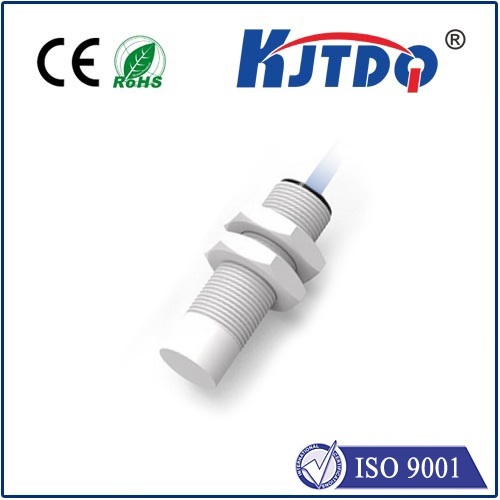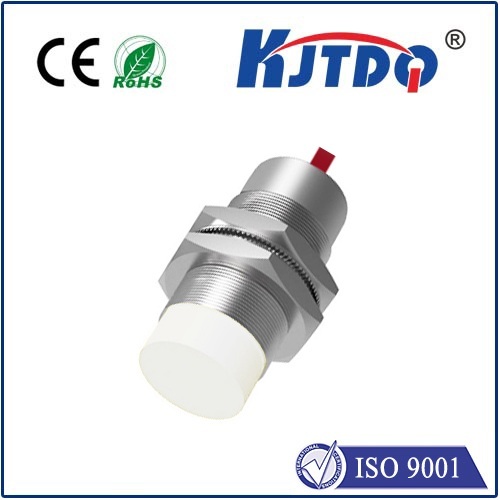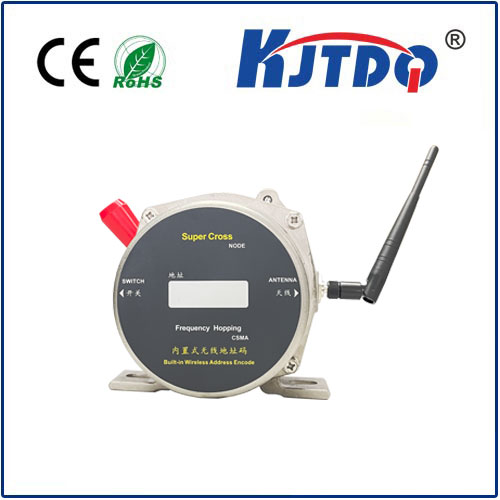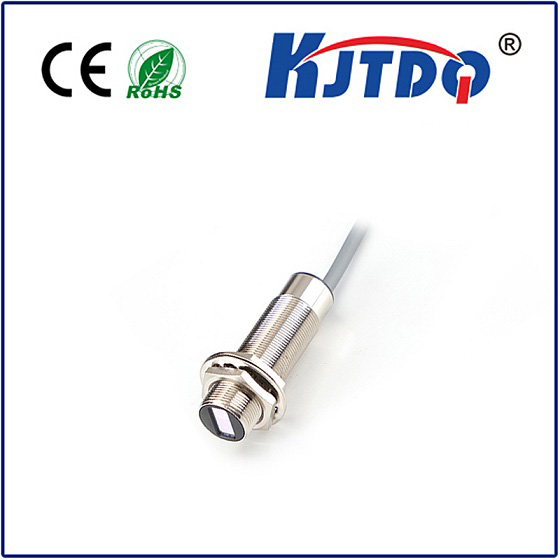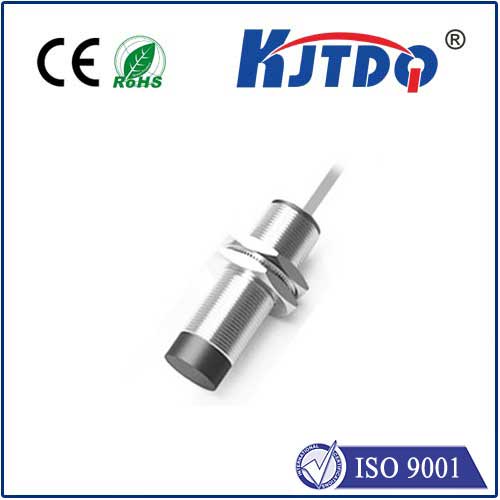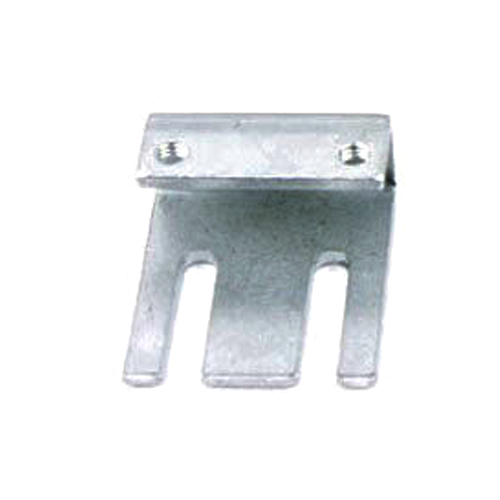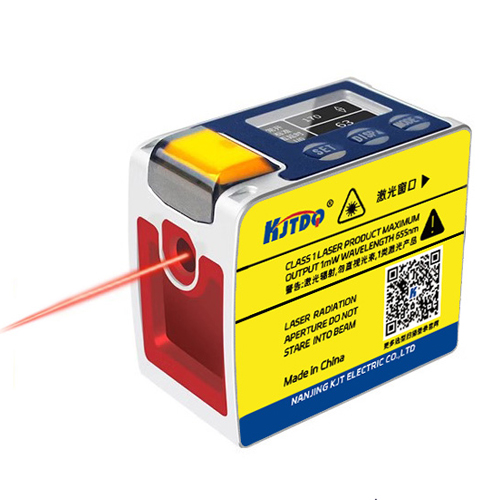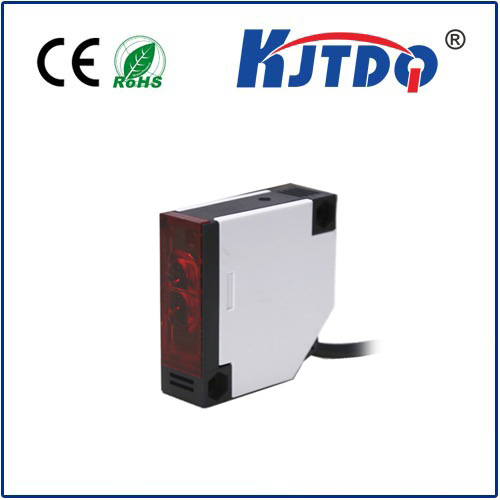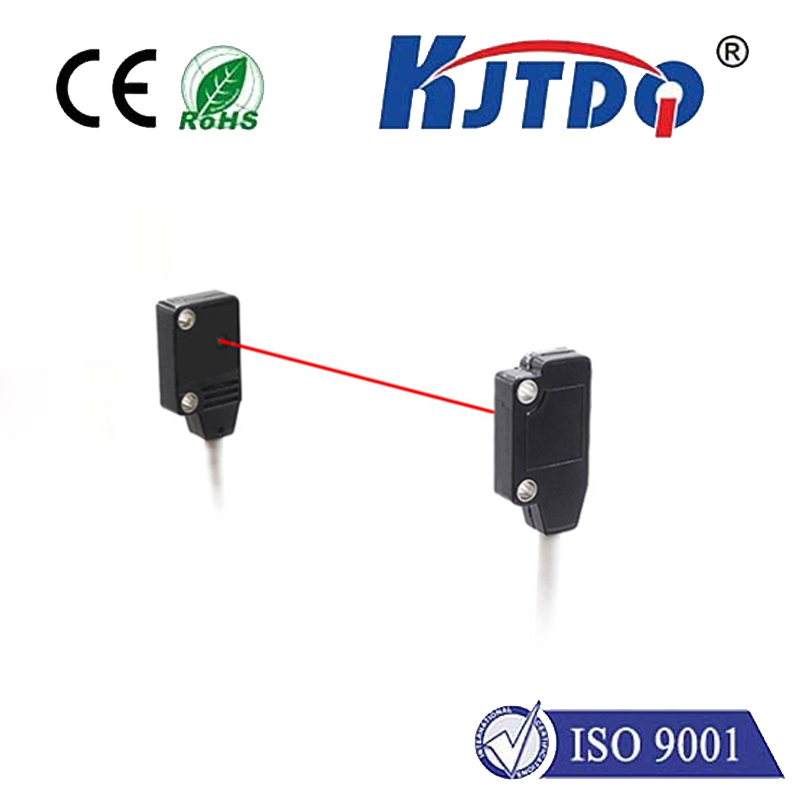

check

check

check

check
Picture this: deep within a sprawling chemical processing plant, flammable vapors hang invisibly in the air. Precise monitoring of valve positions, motor movements, and tank levels is absolutely critical. But a single spark from an electrical device could spell disaster. This is where standard sensors become a liability, and intrinsically safe designs aren’t just preferred – they’re mandated. Enter the NAMUR proximity sensor, the fundamentally safe workhorse specifically engineered for these volatile environments.
Unlike their standard counterparts, NAMUR proximity sensors are defined not by their sensing technology (inductive is most common), but by their unique operating principle adhering to the international NAMUR standard (NE 43). This standard dictates how these sensors interact intrinsically safely with control equipment in hazardous areas. Instead of switching significant currents or voltages directly into the control circuit like a standard 3-wire sensor, a NAMUR sensor acts as a passive, current-modulating device within a specialized monitoring circuit.
Here’s the core principle: A NAMUR proximity sensor is powered by a constant current source, typically provided by an intrinsically safe barrier or an isolated amplifier (e.g., a NAMUR input relay). This source delivers a low, inherently safe current (often limited to a maximum of around 8.4V and 8mA). The sensor itself doesn’t generate power; it modulates the current flowing through it based on target presence:

This current modulation is the essence of NAMUR safety. Because the sensor operates passively within a strictly limited energy circuit designed by the barrier or amplifier, the energy available at the sensor location in the hazardous area is kept far below levels capable of igniting flammable gases or dusts. The sensor itself cannot become an ignition source.
The critical advantage lies in fault detection. The NAMUR standard leverages the “undefined” current window (1.2mA - 2.1mA) to signal malfunctions. If a NAMUR sensor develops a fault – like a broken cable, short circuit, or internal component failure – the current in the monitoring circuit will likely fall outside the defined “high” or “low” operating states and land within this fault window. The intrinsically safe barrier or isolated amplifier is specifically designed to detect this out-of-spec current. It can then generate a dedicated “sensor fault” or “wire break” signal, alerting the control system to a problem rather than just indicating a target is present or absent. This ability to distinguish a genuine target signal from a dangerous sensor failure is a cornerstone of the NAMUR approach to functional safety.
Where does this intrinsic safety and diagnostic capability become non-negotiable? NAMUR proximity sensors are indispensable in classified hazardous areas:
Selecting and implementing NAMUR sensors requires attention to the system:
Why choose NAMUR over intrinsically safe 3-wire sensors? While both function in hazardous areas, NAMUR sensors offer distinct advantages:
The NAMUR proximity sensor is far more than just a switch. It’s an integrated safety solution born from the stringent demands of explosive environments. By operating within a meticulously designed low-energy circuit and providing unambiguous diagnostic signals, these sensors deliver the critical reliability and functional safety needed where failure is simply not an option. They truly are the silent guardians, enabling precise automation while fundamentally preventing catastrophic events in the world’s most challenging industrial settings.
